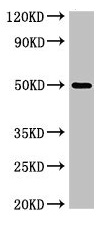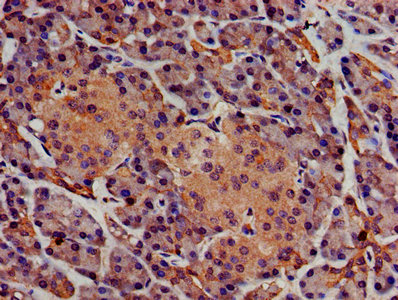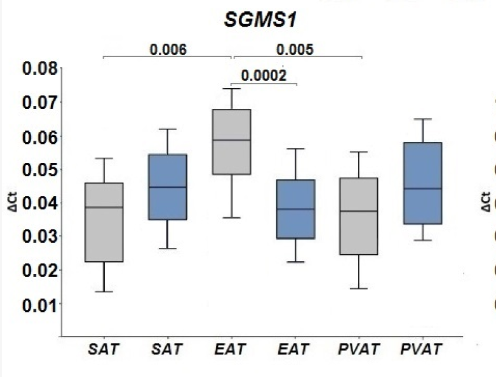Full Product Name
Rabbit anti-Homo sapiens (Human) SGMS1 Polyclonal antibody
Alternative Names
SGMS1; MOB; SMS1; TMEM23; Phosphatidylcholine:ceramide cholinephosphotransferase 1; Medulla oblongata-derived protein; Protein Mob; Sphingomyelin synthase 1; Transmembrane protein 23
Immunogen
Recombinant Human Phosphatidylcholine:ceramide cholinephosphotransferase 1 protein (48-137AA)
Immunogen Species
Homo sapiens (Human)
Conjugate
Non-conjugated
The SGMS1 Antibody (Product code: CSB-PA801243LA01HU) is Non-conjugated. For SGMS1 Antibody with conjugates, please check the following table.
Available Conjugates
| Conjugate |
Product Code |
Product Name |
Application |
| HRP |
CSB-PA801243LB01HU |
SGMS1 Antibody, HRP conjugated |
ELISA |
| FITC |
CSB-PA801243LC01HU |
SGMS1 Antibody, FITC conjugated |
|
| Biotin |
CSB-PA801243LD01HU |
SGMS1 Antibody, Biotin conjugated |
ELISA |
Purification Method
>95%, Protein G purified
Concentration
It differs from different batches. Please contact us to confirm it.
Buffer
Preservative: 0.03% Proclin 300
Constituents: 50% Glycerol, 0.01M PBS, pH 7.4
Tested Applications
ELISA, WB, IHC
Recommended Dilution
| Application |
Recommended Dilution |
| WB |
1:500-1:5000 |
| IHC |
1:200-1:500 |
Storage
Upon receipt, store at -20°C or -80°C. Avoid repeated freeze.
Lead Time
Basically, we can dispatch the products out in 1-3 working days after receiving your orders. Delivery time maybe differs from different purchasing way or location, please kindly consult your local distributors for specific delivery time.
Description
The SMS1 antibody is raised in rabbits against the peptide corresponding to amino acids 48-137 of the recombinant human SMS1. It exists as an unconjugated IgG. Its purity is greater than 95% using protein G purified. It is only reactive with human SMS1 protein, which possesses sphingomyelin (SM) synthesis activity and is located in the cis-Golgi apparatus and responsible for the bulk production of SM. Studies have shown that SMS1-producing SM is involved in the attachment and infection of the Japanese encephalitis virus (JEV). And this anti-SMS1 antibody has been validated for use in ELISA, WB, and IHC applications.
Usage
For Research Use Only. Not for use in diagnostic or therapeutic procedures.









